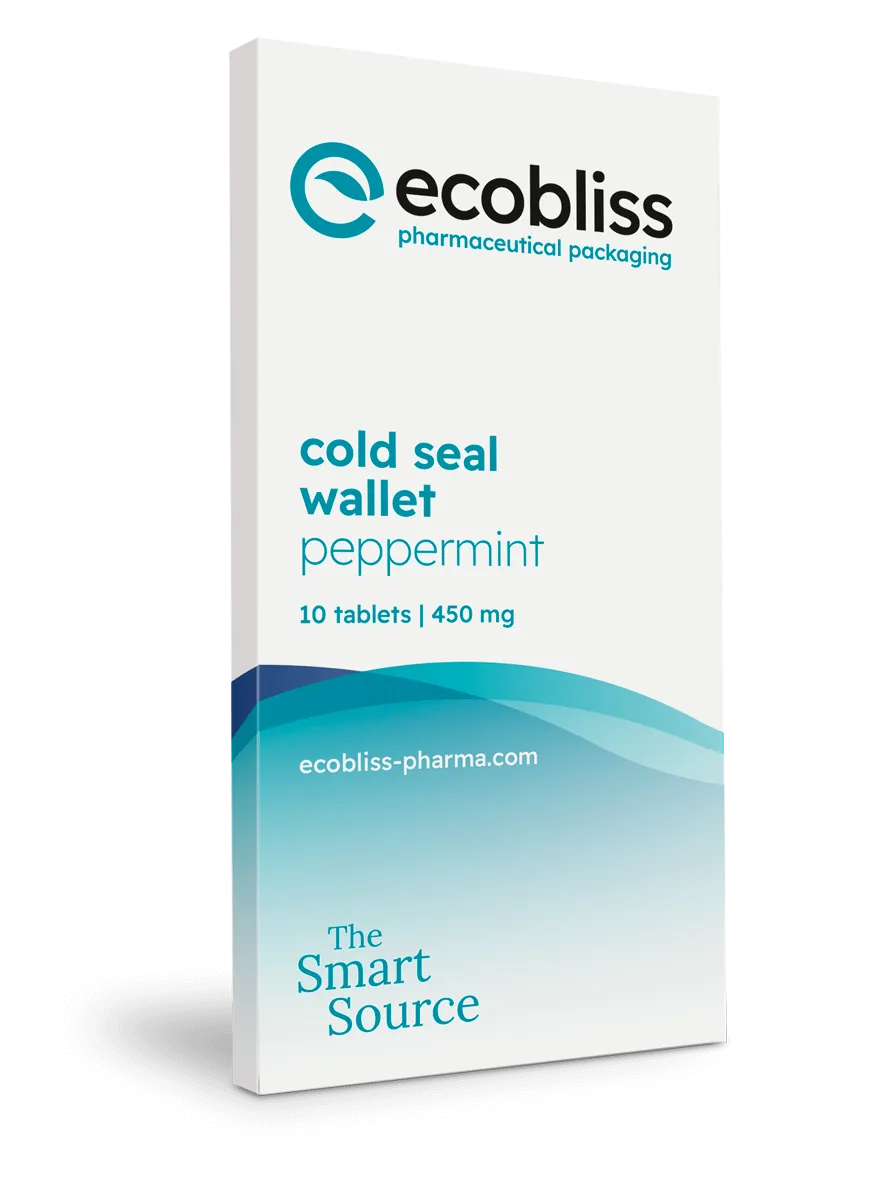Validation in the pharmaceutical industry is a critical procedure that ensures the safety, quality, and efficacy of drugs. Required by regulatory bodies such as the FDA, EMA, and WHO, validation is a cornerstone of pharmaceutical manufacturing, offering documented evidence that processes operate as intended. This article will define process validation and its practical applications in the pharmaceutical industry.
How to define process validation?
Validation is the process of generating documented evidence that a specific procedure, process, or activity consistently leads to the expected results. It is essential for ensuring product safety and compliance with guidelines such as ICH guidelines for process validation and WHO guidelines for validation.
Process validation is not just about meeting legal requirements; it is a proactive quality assurance measure that prevents issues like cross-contamination and product failure, thereby protecting public health and maintaining trust in pharmaceutical products. There are different types of pharmaceutical process validations, which we will elaborate further on.
Types of validation in pharma
1. Process validation
This type confirms that the manufacturing process produces outputs that meet predefined specifications. It is conducted in three stages: process design, process qualification and continued process verification. This is a fundamental requirement outlined in FDA’s Current Good Manufacturing Practices (cGMP).
2. Cleaning validation
This ensures that cleaning methods effectively remove residues, contaminants or microorganisms from equipment to prevent cross-contamination. Cleaning validation is particularly critical for multi-product facilities.
3. Analytical method validation
Verifies the accuracy, specificity, reproducibility and robustness of methods used to test pharmaceutical products. Compliance with ICH Q2(R2) is required for this process.
4. Equipment validation
Confirms that equipment operates consistently within required parameters and supports the production of quality products. This includes qualification stages such as Design Qualification (DQ), Installation Qualification (IQ), Operational Qualification (OQ), and Performance Qualification (PQ).
Often, the terms qualification and validation are used inter. However, they servedifference purposes in pharmaceutical manufacturing.
- Qualification focuses on ensuring that equipment, systems, or facilities function as expected. This includes activities such as Design Qualification (DQ), Installation Qualification (IQ), Operational Qualification (OQ), and Performance Qualification (PQ).
- Validation, on the other hand, has a broader scope. It ensures that the entire process, including equipment, systems, and methods, consistently produces a product meeting predefined quality standards.
This distinction is crucial for understanding the steps involved in ensuring product quality and compliance with regulatory requirements.
השלבים של אימות תהליכים
Validation in the pharmaceutical industry typically follows a systematic approach:
- הסמכת תכנון (DQ)
שלב ראשוני זה מבטיח כי העיצוב המוצע של הציוד או התהליך עומד בדרישות למטרה המיועדת.
- הסמכת התקנה (IQ)
בשלב זה מאושר כי הציוד או המערכות מותקנים כראוי ובהתאם להמלצות היצרן.
- כשירות מבצעית (OQ)
כאן נקבע האם המערכות והציוד פועלים בהתאם לטווחי ההפעלה המיועדים.
- הסמכת ביצועים (PQ)
השלב האחרון כולל בדיקה כי הציוד מבצע באופן עקבי על פי פרמטרי התהליך ויכול לייצר את התפוקה הרצויה.
חשיבותה של גישה שיטתית
A systematic approach to validation is crucial because it helps identify potential variability in processes and establishes measures to control these variables. This is not just about ticking off a compliance checklist; it'sabout guaranteeing the quality and consistency of life-saving drugs inqualitative healthcare packaging. That's why EcoBliss isyour partner in healthcare packaging.
Validation and its role in quality assurance
ולידציה היא חלק בלתי נפרד מהבטחת איכות (QA) בתעשיית התרופות. זהו אמצעי יזום המזהה בעיות פוטנציאליות לפני שהן משפיעות על המוצר הסופי. זוהי גישה מונעת ולא תגובתית, החוסכת חברות מריקולים יקרים ושומרת על המוניטין שלהן.
הסביבה הרגולטורית
There quirement for validation is grounded in regulations such as the FDA's Current Good Manufacturing Practices (discover why GMP matters, the European Medicines Agency's (EMA) guidelines, and the International Council for Harmonisation of Technical Requirements for Pharmaceuticals for Human Use (ICH)guidelines.
אימות בפעולה
To bring the concept of validation to life, let's look at a real-world application. In a packaging context, consider the Locked4Kids Wallet Box: a child-resistant solution. Before this innovative packaging hits the market, it undergoes rigorous testing and validation to ensure it meets safety standards while being accessible to adults. This kind of validation includes tests to verify that the packaging is tamper-evident, durable, and functions as intended.
הצורך בתיקוף מתמשך
אימות אינו אירוע חד פעמי אלא תהליך מתמשך. ככל שייאספו נתונים חדשים, ייתכן שהתהליכים ישוכללו, ופעילויות אימות יבוצעו שוב כדי להבטיח תאימות ואיכות מתמשכות.
אתגרים ושיקולים
ולידציה יכולה להיות מורכבת, וחלק מהאתגרים כוללים שילוב טכנולוגיות חדשות, הסתגלות לתקנות מתפתחות וניהול העלויות הכרוכות בפעילויות וולידציה.
זהו חלק חיוני מהמחויבות של תעשיית התרופות לספק מוצרים בטוחים ויעילים ותהליך דינמי הדורש תשומת לב לפרטים, הבנה מעמיקה של תהליכים ומחויבות לאיכות. הבנת חשיבות התיקוף חיונית לכל מי שמעורב בתעשיית התרופות, מהמעבדה ועד לחדר הישיבות.
רוצה לדון כיצד ניתן ליישם תהליך אימות חזק עבור המוצרים הפרמצבטיים שלך? אל תהססו להושיט יד. הצוות שלנו מוכן לספק הדרכה ותמיכה של מומחים, ולהבטיח שהמוצרים שלך עומדים בסטנדרטים הגבוהים ביותר של איכות ובטיחות.
בקש דוגמה חינם עכשיו!




.avif)





